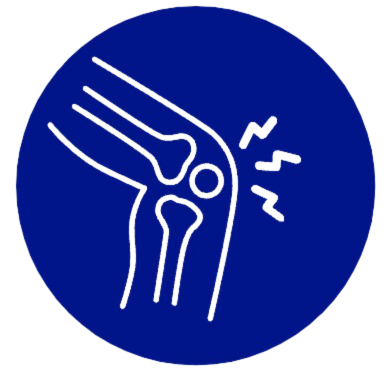
PsA is a complex disease, with patients experiencing inflammatory burden across multiple tissues.1
PsA is a complex disease, with patients experiencing inflammatory burden across multiple tissues.1
EULAR recommendations: Remission should be seen as an “abrogation of inflammation”, as the most favourable outcomes are achieved when inflammation is fully controlled.2,3
To manage PsA, abrogation of inflammation is an important goal across all the different domains of the disease:2,4
MDA and DAPSA disease activity scores are recommended as valid targets for low disease activity/remission in clinical practice, and are associated with:5–10

Improved quality of life11,12

Improved physical function13

Reduced structural damage progression13
Disease activity should be regularly assessed across individually involved manifestations.2
Achieving MDA in PsA is also associated with significant improvements in 6 of the 8 SF-36 domains, including physical functioning, pain and general health.11†

Adapted from Coates LC et al. BMC Rheumatol. 2018;2:24.
Although the use of biologics in PsA has led to success in some domains, a limited number of patients are currently achieving MDA, even with newer therapies.14,15

What is the impact of patients with PsA achieving MDA, and is MDA a realistic treatment target?
Explore our resources below to find out the answers to these questions and more today.
*p<0.001.11
†Combined data from two phase 3 trials in PsA (SPIRIT-P1 and SPIRIT-P2). MDA responders and non-responders were compared for mean change from baseline on the SF-36. Data for patients in the placebo and both ixekizumab arms comprised the integrated database used for this analysis. Data labels show the difference between MDA responder and non-responder groups.11
‡Achievement of MDA at Week 12/16/24 with TNFi, IL-12i, IL-12/23i, IL-17i, IL-17Ai and IL-17Fi, or JAKi for studies included in the systematic literature review informing the 2023 EULAR PsA Guidelines.16
§N=1251 patients.14
⁋A systematic literature search from 2009–2017 was performed and random effects single-arm meta-analyses were conducted. Cross-sectional and cohort studies were grouped (N=11,254 patients).15
EU-DC-2400159
Date of preparation: February 2025